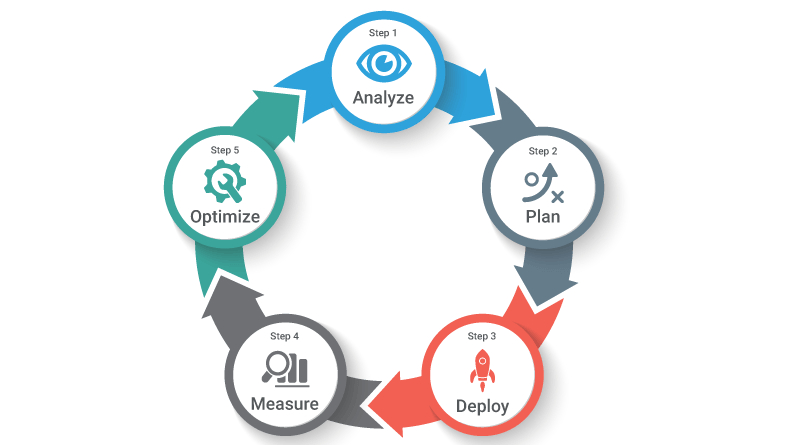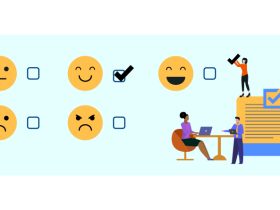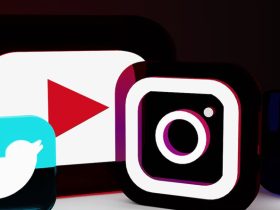Beginning in 2023, I can state categorically that digital marketing is simply marketing. This makes it harder to distinguish between marketing funnel goals and channel selection, boosts the need for diverse digital content, and necessitates a constant attention to measuring marketing’s art and science.
Following the meteoric rise of DTC brands and marketplaces and the marketing strategies they employed (such as Facebook ads), I have noticed a shift in emphasis towards top-of-the-funnel strategies like increasing brand recognition. Despite its significance, performance lower-funnel marketing is not the only driver of expansion for any brand. As the founder of a marketing consulting firm, I’ve studied the strategies brands use to navigate this complex ecosystem and have settled on three main approaches.
Primary Method: The Performance Model
In an effort to keep a growth mindset and apply lower-funnel optimization tactics to upper-funnel activations, I’ve seen many digitally native brands adopt a performance-first approach to their full-funnel marketing efforts.
How do they start working?
Apparently, the following is achieved by brands that adopt this strategy.
Build a marketing ecosystem that spans the entire funnel, with dedicated platforms serving specific needs at each stage.
- For every goal, a specific platform’s expected return on advertising investment is determined. Historical information and directional attribution models are used to establish these ROAS standards.
- For every dollar spent to be accurately accounted for in terms of revenue, a continuous measurement model and testing framework must be put in place.
- Rebalance funds monthly and quarterly according to results from the sales funnel.
The way they resource is unclear.
Companies that follow the performance model typically employ in-house specialists to formulate strategy and closely monitor the work of their agency partners. Due to the intricate nature of the optimization process, this model necessitates substantial in-house resources.
Second Method: The Awareness Framework

I’ve noticed that many well-established names have maintained a focus on name recognition. This goal will determine how they make use of digital resources. Their entire strategy revolves around spreading word of mouth about their name and product to as many people as possible.
How do they start working?
Apparently, the following is achieved by brands that adopt this strategy.
- Establish a marketing system that gives highest priority to channels through which the greatest number of their target consumers can be reached for the least amount of money.
- Use digital channels to bolster the impact of messages already being disseminated via television and other conventional means of communication.
- Use “new” over-the-top and connected TV advertising services to focus on a single, creative message.
The way they resource is unclear.
As far as I’ve seen, companies that adopt an awareness-based strategy typically have small, in-house marketing departments that put their attention squarely on collaborating with and managing external agencies. For the greatest impact, pair a single-message creative with an annual media buy. Because many variables are set at the beginning of each year without an optimization model or budget flexibility, the workload of an internal marketing team is significantly reduced.
Method 3: The Focus on Content and Retention

Many companies have found long-term success by shifting their focus from acquiring new readers to keeping the ones they already have. This is possible because content marketing has evolved beyond its early days of blogging and custom content via major publishers. By transcending mere commodity status, brands following this model work hard to maintain loyal customer relationships and attract new ones.
How do they start working?
Apparently, the following is achieved by brands that adopt this strategy.
- Make your own channels and platforms for promotion a top priority over paid ones.
- Produce a wide variety of content types and narrative arcs to strengthen your brand’s connections with consumers.
- Annual, or at least semiannual, communication planning and product innovation should be guided by consumer feedback and cultural shifts.
- Recognize that the return on investment (ROI) for their marketing efforts might not be as quick as it would be if they focused first on paid media.
The way they resource is unclear.
Also Read :3 Arguments in Favor of Empathy in Customer Service Models
Most brands that take the content- and retention-focused tack use a hybrid approach to their resources. There are some brand content considerations that are best handled in-house, as are the retention specialists who typically handle such cases. However, I’ve noticed that brands using this model often collaborate with content agency partners and freelancers to create and optimise quickly in order to supply the demand for content needed for this approach.
Identifying the Most Effective Brand Strategy
Unfortunately, there is no foolproof method, and it’s also physically impossible to accomplish everything. Which marketing approach will be most effective for your brand in 2023? I suggest taking a hard look at your brand’s objectives and digital maturity. Since consumer-facing strategies and internal enablers are always evolving, it is recommended that you reevaluate your marketing model annually.
Consider your brand’s digital maturity and primary marketing goal when deciding which strategy to implement. The content and retention-led model, for instance, is a good choice if your brand is still establishing its digital foundation and your primary marketing goal is to build relationships with loyal customers. Conversely, the awareness-led model may be more appropriate if your brand has already established a solid digital foundation and your primary marketing goal is to boost purchase frequency and/or expand into a new customer demographic. The performance model may be a good fit if your brand is technologically advanced and your primary marketing goal is to increase sales of both existing and new products.
The marketing of today is not limited to a static set of methods; instead, it is adaptable and responsive to the needs of each individual market through the use of unique and imaginative messages. However, modern marketing is more like the latter, as it involves a wide variety of channels and messages. Since there is no cap on possibilities, marketing as both an art and a science has never been more exciting.

















Leave a Reply